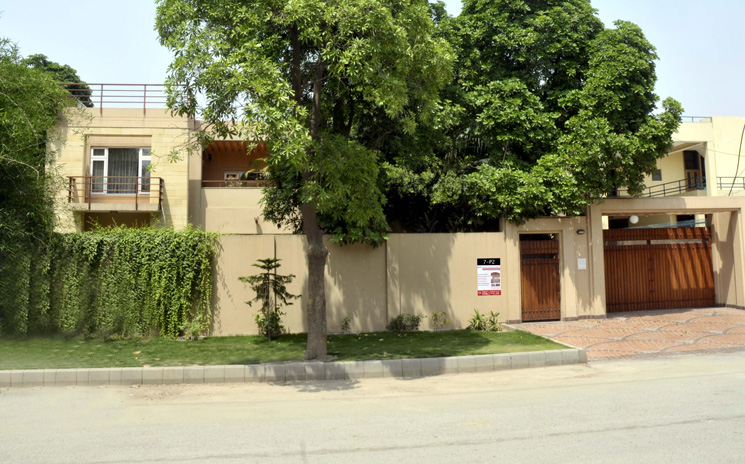
Parts of Sustainable, Healthy and Energy-Efficient Home Construction

While there is no single definition of green building, we have identified eight green building principles that should always be kept in mind when designing, building or maintaining a home. House. These principles are similar to the approach defined by the U.S. Green Building Council’s Leadership in Energy and Environmental Design (LEED) rating system and other green home rating programs.
Reduce the IP performance needed to live in a home by designing it from scratch with reduced power consumption and increased efficiency through the selection of appropriate equipment and quality construction methods.
Reduce the total amount of materials needed to build or renovate a home, including choosing materials that are extracted, processed and delivered to the workplace with the least environmental impact and energy consumption; reuse previously used materials; and recycling of rubble.
Use BISE materials and methods that require less maintenance and increase the life of the structure; By reducing the frequency of repairs and replacements, less waste is generated and less materials are used over the life of a home.
Reduce water consumption inside and outside the home by increasing efficiency and minimizing the potential for increased consumption.
Improve the health of residents by controlling humidity, toxic materials and pollutants in the home.
Limit negative economic impacts on the local community through responsible development and construction practices; Consider how the choice of materials affects the health and economic conditions of workers in the global community and local residents where products are mined and manufactured for home use
Educate homeowners and residents to operate and maintain their homes so they can remain efficient, healthy, and sustainable their entire lives.
Avoid developing ecologically sensitive areas, orient land and houses to take advantage of the sun, encourage construction near public transport and facilities to reduce traffic, carefully manage the site during construction reduce sediment runoff and preserve native vegetation, and ensure permanent rainwater, reduce the runoff of pollutants from the site to public waterways.

Green Building Overview
Green building is a set of building design, construction, and operation practices that minimize a building’s overall impact on the environment. Decisions made in the planning, construction, renovation and maintenance of homes have direct and long-term effects on many different aspects of our environment, air quality, health, resources, natural resources, land use, water quality and energy consumption. At the same time, our construction decisions have a significant economic impact, from the cost of land and materials to the labor and finances required to build.
Buildings are an important point of consumption for energy, water and raw materials. Residential buildings account for approximately 21% of total primary energy consumption in the United States, while commercial buildings account for an additional 19%. At an international level, residential buildings consume around 15% of primary energy ”. Buildings are also responsible for a significant proportion of air and water pollution.






